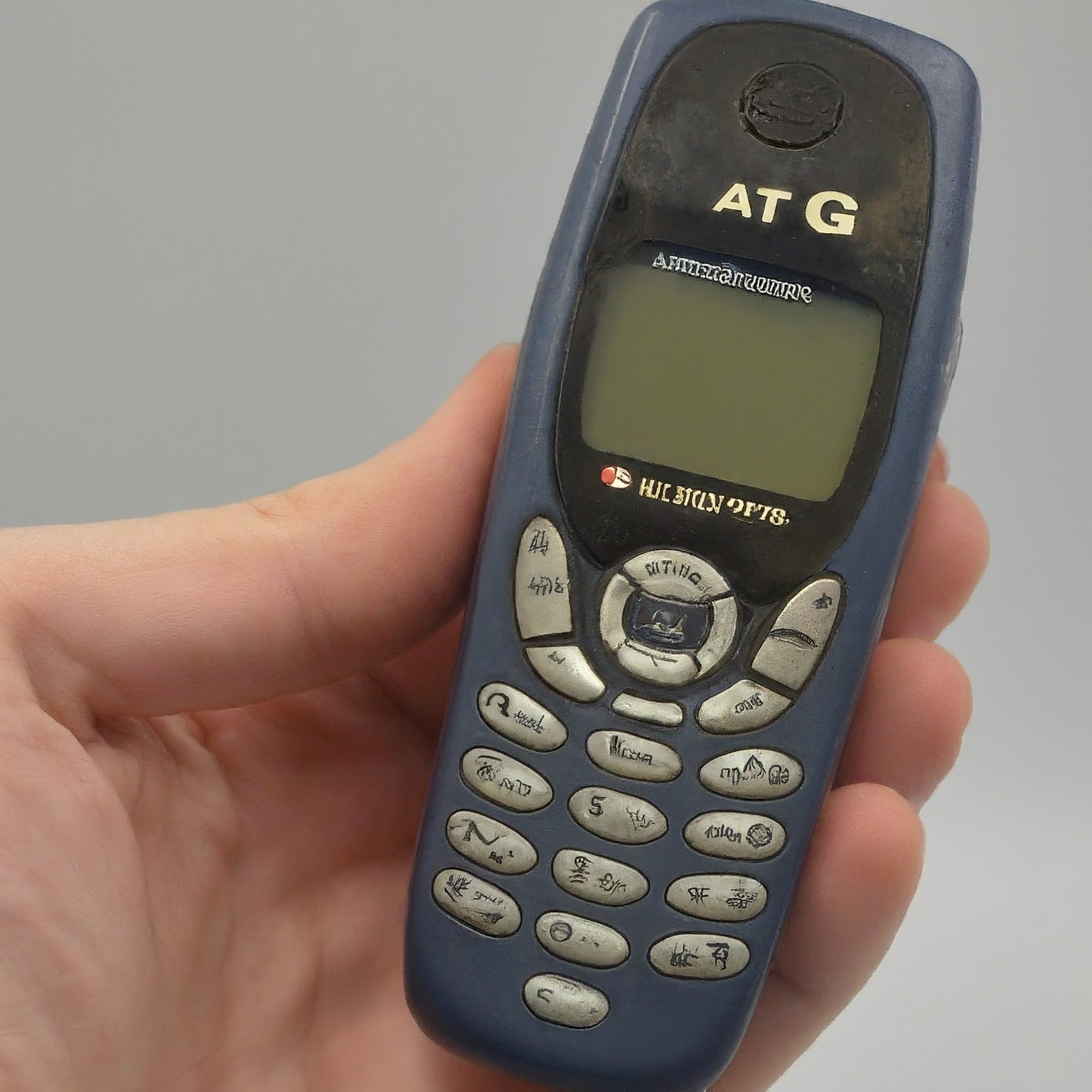For over a decade, AT&T 3G was the backbone of mobile internet connectivity in the United States. It revolutionized the way we accessed information and connected with the world. However, as technology advanced, so did the need for faster and more efficient networks. In February 2022, AT&T officially shut down its 3G network, marking a significant shift in the mobile landscape.

This article explores the rise and fall of AT&T 3G, examining its impact on the mobile industry and paving the way for the current dominance of 4G LTE and the burgeoning world of 5G.
A Legacy of Innovation: The Rise of AT&T 3G
AT&T launched its 3G network in 2004, introducing a new era of mobile internet access. Compared to its predecessor, 2G, 3G offered significantly faster data speeds, allowing users to experience:
- Smoother web browsing: Downloading webpages and content became significantly faster, making internet access on mobile devices a more viable option.
- Enhanced email experience: Sending and receiving emails with attachments became quicker and more reliable.
- The birth of mobile apps: The faster speeds of 3G allowed for the development and smooth functioning of early mobile applications, laying the groundwork for the app revolution we see today.
- Improved video calling: While still in its early stages, 3G enabled rudimentary video calling, a feature that would become increasingly important in future generations of mobile networks.
The introduction of AT&T 3G not only improved the user experience but also opened doors for new business models and mobile services. Businesses could leverage the faster speeds to provide on-the-go solutions, and mobile developers could create more sophisticated applications that relied on reliable data connections.
The Inevitable Decline: Why AT&T Shut Down Its 3G Network
Despite its initial success, AT&T 3G eventually faced limitations. As user demand for data increased, the network struggled to keep pace. The limitations of 3G included:
- Limited bandwidth: 3G simply couldn’t handle the growing volume of data traffic generated by smartphones, streaming services, and other bandwidth-intensive applications.
- Outdated technology: As newer technologies like 4G LTE emerged, they offered significantly faster speeds and more efficient network utilization.
- Spectrum limitations: The radio spectrum used by 3G was becoming increasingly crowded, making it difficult to expand capacity.
AT&T, recognizing these limitations, began planning for the sunset of its 3G network. This decision allowed them to:
- Free up valuable spectrum: By shutting down 3G, AT&T could reallocate the spectrum to improve the capacity and coverage of its 4G LTE and future 5G networks.
- Invest in next-generation technologies: The resources freed up from 3G could be directed towards developing and deploying the faster and more efficient 5G network.
- Focus on the future: Moving away from outdated technology allowed AT&T to focus on providing its customers with the best possible mobile experience for the future.
The Migration to 4G LTE: A Smooth Transition (for Most)
In the years leading up to the AT&T 3G shutdown, the company undertook a comprehensive effort to ensure a smooth transition for its customers. This included:
- Early communication: AT&T notified customers well in advance about the planned shutdown and provided resources to help them upgrade their devices to 4G LTE compatible models.
- Upgrade incentives: AT&T offered various upgrade programs and discounts to encourage customers to transition to newer devices that supported 4G LTE.
- Technical support: The company provided extensive technical support to help customers with the upgrade process and ensure their devices were correctly configured for the new network.
While the transition was relatively smooth for most users, some challenges did arise. These included:
- Cost of upgrades: Not all customers could afford to upgrade their devices to newer 4G LTE models, creating a temporary gap in connectivity for some.
- Obsolete devices: Some older devices, particularly those used for specific purposes like machine-to-machine communication (M2M), did not have 4G LTE alternatives readily available, requiring businesses to find creative solutions.
Despite these challenges, the migration to 4G LTE was a success. The new network offered significant improvements in speed, capacity, and overall user experience.
The Dawn of a New Era: 5G and the Future of Mobile Connectivity
With the sunset of AT&T 3G, the stage was set for the next generation of mobile technology – 5G.
لا تعليق